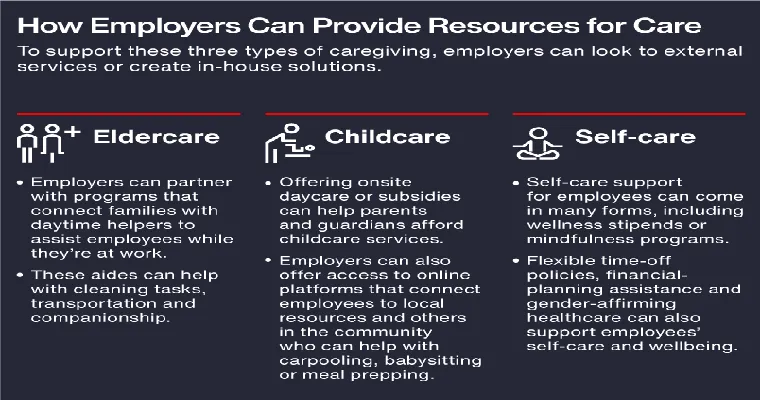Caregiving is a rewarding yet challenging role that often requires a delicate balance between "helping" loved ones and "enabling" them. Many caregivers face the dilemma of wanting to provide support while ensuring that their assistance does not lead to dependency. Understanding the fine line between these two concepts is crucial for fostering independence and promoting well-being in those we care for. In this article, we will explore practical strategies for caregivers to maintain this balance effectively.
Understanding the Differences
To navigate the complexities of caregiving, it’s essential to recognize the key differences between helping and enabling. "Helping" involves providing support that promotes independence and encourages personal growth. This may include assisting with daily tasks while encouraging the individual to take part in their care. On the other hand, "enabling" often manifests as doing tasks for someone that they are capable of doing themselves, which can inadvertently foster a sense of dependence.
Recognizing Signs of Enabling
One of the first steps in striking a balance is to identify when your actions may be enabling rather than helping. Key signs of enabling include:
1. "Taking Over Tasks": Doing things that the individual can manage on their own.
2. "Ignoring Consequences": Shielding them from the repercussions of their actions, which can prevent them from learning and growing.
3. "Overprotection": Being overly cautious or restrictive, which can limit their opportunities for independence.
By recognizing these behaviors, caregivers can make conscious efforts to shift their approach from enabling to helping.
Strategies for Effective Caregiving
Here are several strategies to help caregivers provide support without enabling dependency:
1. "Encourage Independence": Offer assistance in a way that empowers the individual to take on challenges. For example, if someone struggles with cooking, provide guidance rather than taking over the kitchen.
2. "Set Boundaries": Establish clear boundaries regarding what you will do and what you expect the individual to handle themselves. This can help them understand their responsibilities.
3. "Foster Problem-Solving Skills": Instead of giving immediate solutions, ask questions that prompt the individual to think critically about their situation. This encourages them to develop their problem-solving abilities.
4. "Celebrate Achievements": Acknowledge and celebrate small victories when the person achieves a task independently. Positive reinforcement can boost their confidence and motivation.
5. "Communicate Openly": Maintain an open line of communication about feelings, expectations, and goals. Discussing the impact of your caregiving style can lead to more effective support.
The Importance of Self-Care
Caregivers must also remember the significance of self-care. Striking a balance between helping and enabling can be emotionally taxing. Taking time for yourself ensures that you have the physical and mental energy to provide the best support possible. Engage in activities that rejuvenate you and seek support from fellow caregivers or professional services when needed.
Conclusion
Finding the right balance between "helping" and "enabling" is essential for effective caregiving. By understanding the differences, recognizing enabling behaviors, and implementing practical strategies, caregivers can promote independence in their loved ones while providing the necessary support. Remember, the goal is to empower those you care for, enabling them to lead fulfilling lives with confidence and autonomy.





